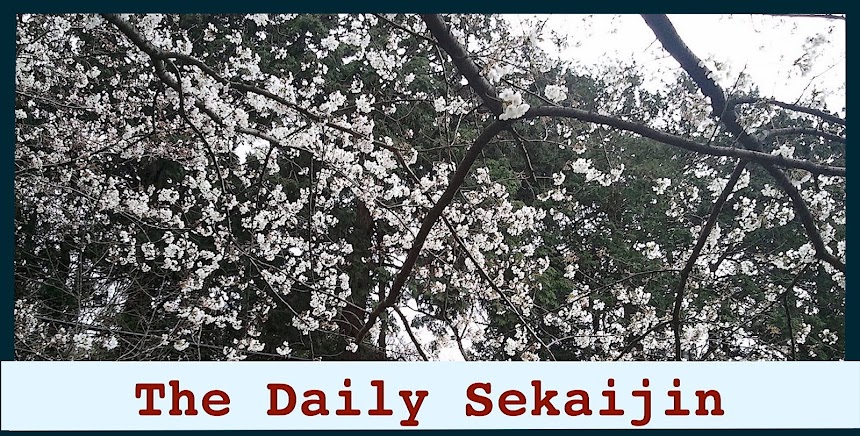Hello!
How are you? In this post I'd like to show some more of your great writing, this time on places, for another collection I call Places & Traces - interesting and unique writing on interesting and unique places.
This is an uninhabited island. It looks
beautiful, but it is empty. Nobody is here. There is only a ship! The ship is
very old and rusted. In this island, there is the trace that somebody visited
here.
Maybe, nobody could come back. Nobody can
leave this island. Many specialists and adventurers were visited this island.
But, they could not come back too! Were people who come to this island murdered
by somebody? Or did they disappear into a time warp? I don’t know why! No one
else knows either! The island that is full of wonder!
It may be a place of mystery! Now how about this one:
People are
walking on the seashore. There are large puddles in the sand. There is also a
very old ship and it is rusty. The ship had been drifting when water level was
high, but it was left there when water level had dropped.
People look it
and they think what happened there, who rode it, when came here. People go
there in order to know them.
The rusty ship
was formerly submarine and it traveled and saw under the sea all over the
world. It saw a lot of sea creatures and sunken ships, and underwater ruins.
The ship which was made more than a hundred years ago, contributed greatly to
our oceanographic research.
The most
surprised episode was to encounter mermaids. One day the crew found a town of
mermen. The town was surprisingly beautiful and they lived so peacefully. They
were astonished to see the submarine for the first time, but they were so
curious and came closer to it. When they found there were human beings in the
submarine, they played musical instruments, and danced and sang for them. There
music was exquisite and the crew had never listened to such a marvelous melody
in the human world. Mermaids were so beautiful that some crew fell into love
with them.
There was a
mermaid who could use magic. She enabled the crew to live with them, however
the spell only lasted for a hundred years. The crew lived happily with mermaids
but they all died when spell was gone out. Since the effect of the magic had
disappeared, the submarine was washed up on the beach and it remains as it is.
Now that's incredible!
Now - would you also like to know the real story behind this picture? Click on this link here to find out.
Now - would you also like to know the real story behind this picture? Click on this link here to find out.
Every time I pass this street my feelings become bad. This street is called 77 street. It is small, narrow and very quite. There is not any traffic jam here so when you cross the street, you have to be careful, this street reminds me of a bad memory of my friend Takizawa, who was killed in a car accident on this street.
On May 25th 2015, after the school-year ending ceremony, we planned to have lunch at the restaurant that we usually ate after school. When we were on the way to the restaurant, I realized that there was trouble with the wheels on my bike, so I stopped to check what was wrong with it. He was riding in front of me and he didn't notice that my bike had problem so he kept going forward. When he nearly crossed the street, I yelled at him to wait for me. He then turned around to look back when he was crossing the street but he didn't notice that he was in the middle of the crossroad and that there was a car coming directly at him at high speed. The car crashed into his bike and he fell on the street. He was diagnosed with a bad brain injury and he had to go through surgery. After 5 hours of the operation, he didn't make it. I thought he was dead because of me so I was depressed. With time, I got over it but it's still a sad memory that haunts me for the rest of my life.
A moving story.
I'm proud of the great effort you all put into this work. I'll look forward to seeing you in September to work on more great writing then.
So see you then. Have a great summer!
Images: Top - personal photograph/Beach - "Arromanches" by Bulo78 - Own work. Licensed under Creative Commons Attribution-Share Alike 3.0-2.5-2.0-1.0, via Wikimedia Commons/Street - personal photograph. All rights reserved on personal images.


































